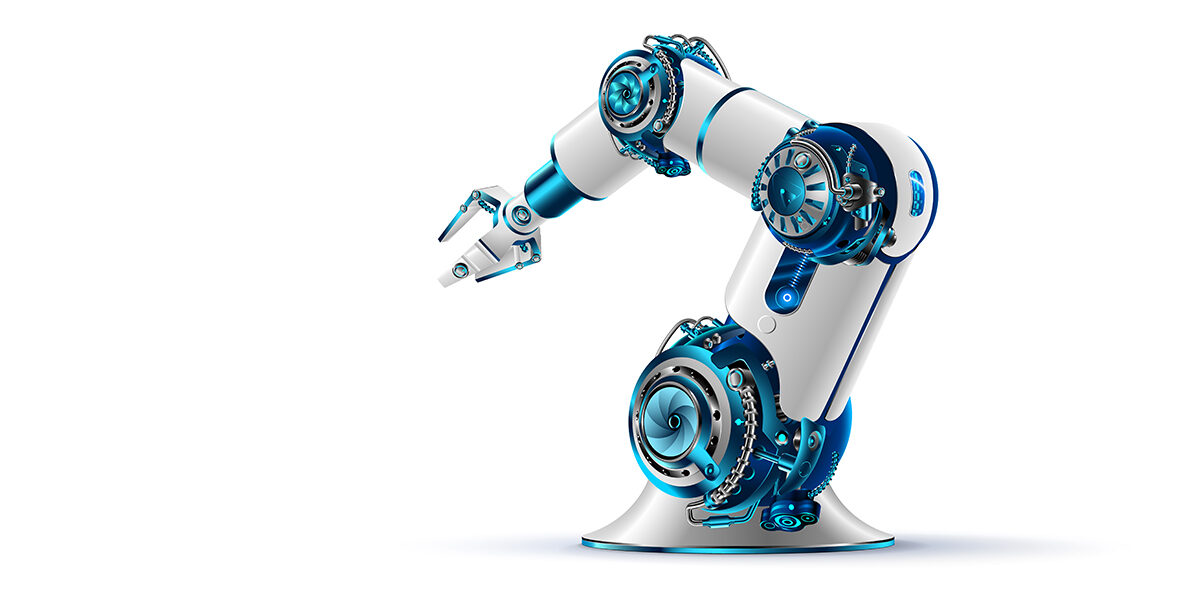Welcome To The Early Majority In Robotic Process Automation
The technology to automate business processes has evolved. We’ve come a long way from Henry Ford’s automation line: for years robotic process automation (RPA) has held the promise of improving quality and scale by automatically mimicking – and at a lower cost – the tasks that humans perform. After many years of evolution, these tools are now matured and ready to deliver on that promise. When considering options to solve common business challenges, i.e., costs, quality, and scale, lenders can now choose systems, algorithms and tools in RPA that are easily developed and deployed that will quickly automate business.
In 1962, sociologist Everett Rogers outlined in his landmark book, Diffusion of Innovations, the five adopter categories that divide consumers into segments based on their willingness to try a new innovation: innovators, early adopters, early majority, late majority, and laggards. The early majority has seen the ‘coolness’ an innovation has generated and tend to adopt based on proven and practical benefits. In the Rogers technology adoption curve, as an industry, we have had the innovators eagerly jump in and prove that this type of automation is possible, and the early adopters identifying the best and most stable tools.
We now find ourselves at the dawning of the next stage; the early majority. Rogers characterizes this category as a group of thoughtful people who are careful about accepting change. They tend to be more process-oriented, ensuring there are sound methods for identifying opportunities and structured approaches to implement flexible solutions. This segment has proven itself to be more pragmatic users, looking for a substantial return on investment. They are not focused on the technical sophistication of the tools but on delivering business value from applying these tools. So, welcome early majority, your time is now.
Timing
From screen scraping in the 90s to the current crop of RPA tools such as UiPath, Automation Anywhere and Blue Prism, today’s tools are not intended for professional programmers but business experts, allowing an organization to scale with negligible added expenses. The early tools still required substantial IT resources to implement and maintain – they were fragile processes and were limited in how effectively they dealt with variability and adapted to changing circumstances.
IT constantly has to do more with less, meeting the ocean’s worth of demand with a thimble’s worth of resources. The lending industry has found itself at an interesting inflection point. With RPA and other process automation solutions evolving at a rapid pace, when should be the point of investment? If a lender invests now, will that technology be obsolete in 18 months? Will there be an exponential expansion of the tools and should a lender wait until the products are more mature?
Customer, market, product and service data, in some regard, has been collected for the past 50 years. This sheer volume of data has made RPA products and AI in general increasingly relevant and is the single main driver behind this revolution. Individual organizations have amassed huge quantities of data over the years which the industry now has access to. This data can now be fed into AI algorithms to advance automation capabilities. Our collective historical data is helping to build robotic processes that are more effective at handling variability in the process. These processes are now more readily able to handle error exceptions and more importantly, learn from their experiences.
The growth of a robust and competitive AI marketplace, along with the myriad software providers and their tenure, is strengthening the overall product offering. The number of organizations providing innovation and applying these tools to solve business problems has tripled in recent years. By 2020, 40 percent of large enterprises will have adopted an RPA software tool, up from less than 10 percent in 2018. By that time, it is expected to be a billion-dollar industry.
The Mortgage Industry and RPA
There was a surge of technology innovation from the late 1990s leading up to the financial crisis. Organizations were finding ways to leverage technology in unique ways to gain a competitive advantage and were investing in it accordingly. At this time, our industry was maturing in how we automated processes with creative ways to boost productivity. However, we now find these systems atrophying due to a lack of investment. IT can only focus on the highest priorities, which leads to relying on operations partners to deal with more workarounds, more complex processes and expanding fulfillment teams.
Today, RPA has found traction across many industries, and is beginning to take hold in the mortgage industry as lenders realize tangible value from these solutions. Within mortgage lending there is a convergence of product and expertise maturity, while many manual legacy processes are being automated; from lead management and sales to underwriting, funding, secondary and post-closing.
As an industry, we are struggling with reducing the approximate $8,000 cost to originate a loan, and we are all striving to achieve the goal of a 10-day close. RPA has the potential to help lenders achieve these goals by saving time and costs through inter-systems integrations and the elimination of repetitive, manual and error-prone tasks.
Shifting process control away from heavy reliance on IT – where systems are littered with manual processes – to mature, automated technology solutions will give businesses the ability to tackle the target-rich lending landscape with more agility, better performance and unmatched efficiency.

Sundeep Mathur is the vice president of the consumer lending practice at Tavant. In this position he leverages his mortgage experience to help customers determine the best way to maximize the value of their investment and implement solutions that drive revenue and deliver critical business results. Mathur was instrumental in launching the practice and has helped lenders achieve a 40 percent reduction in operating costs through business and technology strategies, as well implementing innovative ideas through artificial intelligence, machine learning and robotic process automation (RPA).



